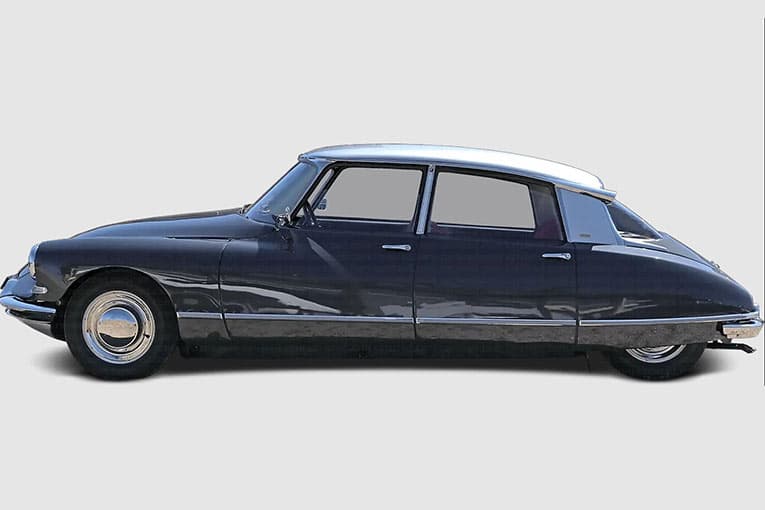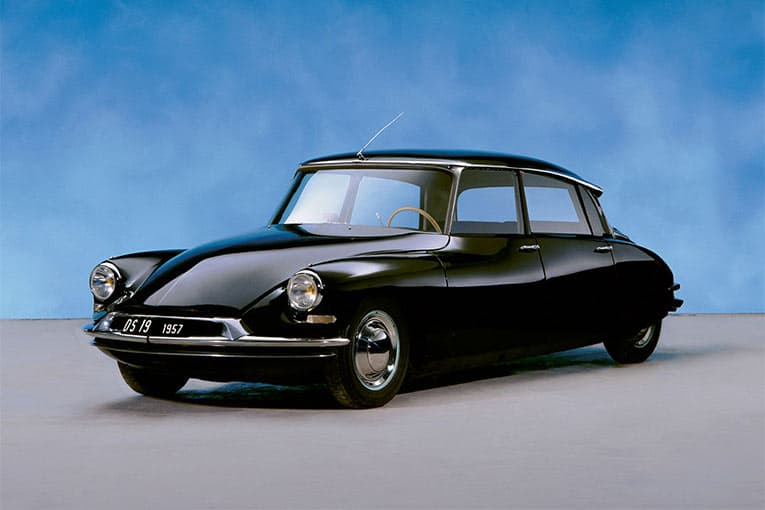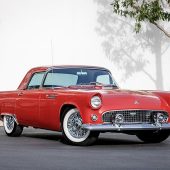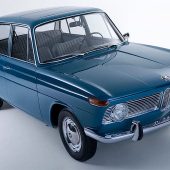Citroen DS made its debut at the 1955 Paris Motor Show on Thursday 6 October. The model’s avant-garde body design set a new benchmark immediately. Some 12,000 DS 19 models were sold that day, but by the end of the Paris Motor Show ten days later, some 80,000 firm orders had been taken.
The DS production began on 7 October at the Javel plant in Paris (France), the day after its Paris Motor Show debut. The car’s pioneering technical and aesthetic solutions stirred endless curiosity since, not content with being a true automotive sculpture, the Citroen DS was also a concentrate of advanced technology.
Its hydropneumatic suspension provided unprecedented levels of roadholding and comfort. And in an all-new safety feature, the DS 19 boasted an extremely powerful hydraulic braking system, shocking some first-time drivers with its ultra-short stopping distance.
Several versions of the Citroen DS 19 were launched over the course of the 1950s. The first was the ID 19 in October 1956, followed by the estate versions and the DS 19 Prestige in 1958. The DS 19 also broke new ground that year by increasing the body paint choice from four colours to an unheard-of eight colours.

The first styling upgrades came in 1959, when the body lines were refined by lengthening the rear wings and adding large, ashtray-style air vents to the front wings.
Citroen DS got its first powertrain upgrade. Engine power was upped from 75 bhp to 83 bhp, increasing the car’s top speed to an impressive 150 km/h. In September 1962, the DS gained a new, all-black dashboard underlined by a light grey strip, on which an optional car radio could be fitted.
With its first front-end facelift in 1962, the DS lost its wing grilles and gained two arrowhead rubber bumper guards and a redesigned lower bumper. The upgrade further improved the car’s aerodynamics, cutting fuel consumption and increasing top speed to 160 km/h.
In October 1965, a new Citroen DS was released with a 2,175cc engine developing 109 bhp for a top speed of 175 km/h. This new model, named DS 21, joined the range alongside the DS 19. In 1969 The DS 21’s 2,175cc engine was fitted with electronically-controlled fuel injection, increasing power to 139 bhp and top speed to over 185 km/h.
The DS received a new face in 1967 that also included a new safety feature, with the famous additional swiveling headlamps now fitted as standard on the high-end Prestige, Pallas and Cabriolet models. Thus equipped, the DS could light up the inside of corners before the driver entered them.
The changes made to the Citroen DS in 1970 and 1971 mainly concerned the transmission. In September 1970, the DS was equipped with a new manual gearbox with five gears instead of four. A year later, the car was fitted with a three-speed automatic gearbox produced by Borg-Warner.
Before its final farewell in July 1975, Citroen DS received a final upgrade with the replacement of the DS 21 by the DS 23 in September 1972.










